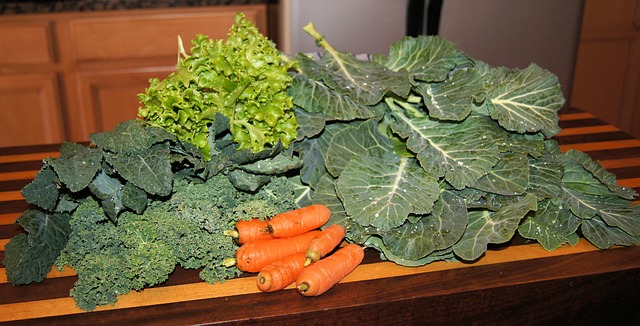Nutritional Issues
There were a lot of talks on nutrition at the recent conference for the Association of Reptile and Amphibians Veterinarian (ARAV). A subject that came up a number of times was how to improve nutrition in our insectivores (insect eaters).
The key to a good diet is diversity. Don’t just feed crickets or mealworms. There are lots of different insects out there and many can be delivered to your door. Consider super worms, Phoenix worms, king worms, Dubai cockroaches, fruit flies, grasshoppers, land crustaceans such as folly-polices or pillbugs…there are many to offer. Some of these guys will even eat pinkies.



Aside from our land crustaceans, all insects have an inverse calcium to phosphorous ratio and that needs to be fixed or your little critter will develop painful debilitating disease.
Ca:P =?
There is a complex relationship between calcium, phosphorus and a few other nutrients in the body.
To simplify, we know that most reptiles need at least a 2:1 ratio (recent studies suggest even that may be too low…). This means 2 parts calcium (Ca) to every 1 part phosphorus (P). Most crickets, while high in protein and low in fat, have a Ca:P ratio of 0.14:1. Now that’s quite a bit less than 2 to 1. Silkworms are considered a better option but they only have a 0.8:1 ratio.
So what do we do?
Dusting and gut loading!
Most of my clients are familiar with the old “shake and bake ” treatment. Put some insects in a bag with powdered calcium and shake away. But many haven’t heard of gut loading.

Gut loading refers to the process of feeding the insects a calcium rich food and then feeding that insect to your reptile while the calcium is still in the insect’s gut. We know that gut loading requires feeding for 12 to 24 hours to get the food into the gut. We also know that by 48 hours the calcium levels start to drop off. So you have a window to work within.
Kale! Collard Greens!

Unfortunately you can’t overcome a 0.14:1 ratio with good calcium rich foods such as in certain greens. You have to use a diet specifically designed with tons of calcium for this to work. Mazuri has two such diets (A Better Bug and High Calcium Gut Loading Diet). We also know that you can’t out any other food in the cage – apparently good gut loading diets taste terrible and the insects will only eat them if there is no other food source. Of course you still need water.
If you are raising your own insects – keep in mind that gut loading foods are only given prior to feeding the insects to your reptile. They have too much calcium and will result in the death of your colony.
Also, if you buy pre-gut loaded insects…how do you know when they last ate? What was fed? Can you be certain these insects are ready for consumption? It’s best to be sure and gut load yourself!
One last note – fireflies are known to be toxic to bearded dragons so don’t feed them.

As usual, I loved it and it’s informational nature.